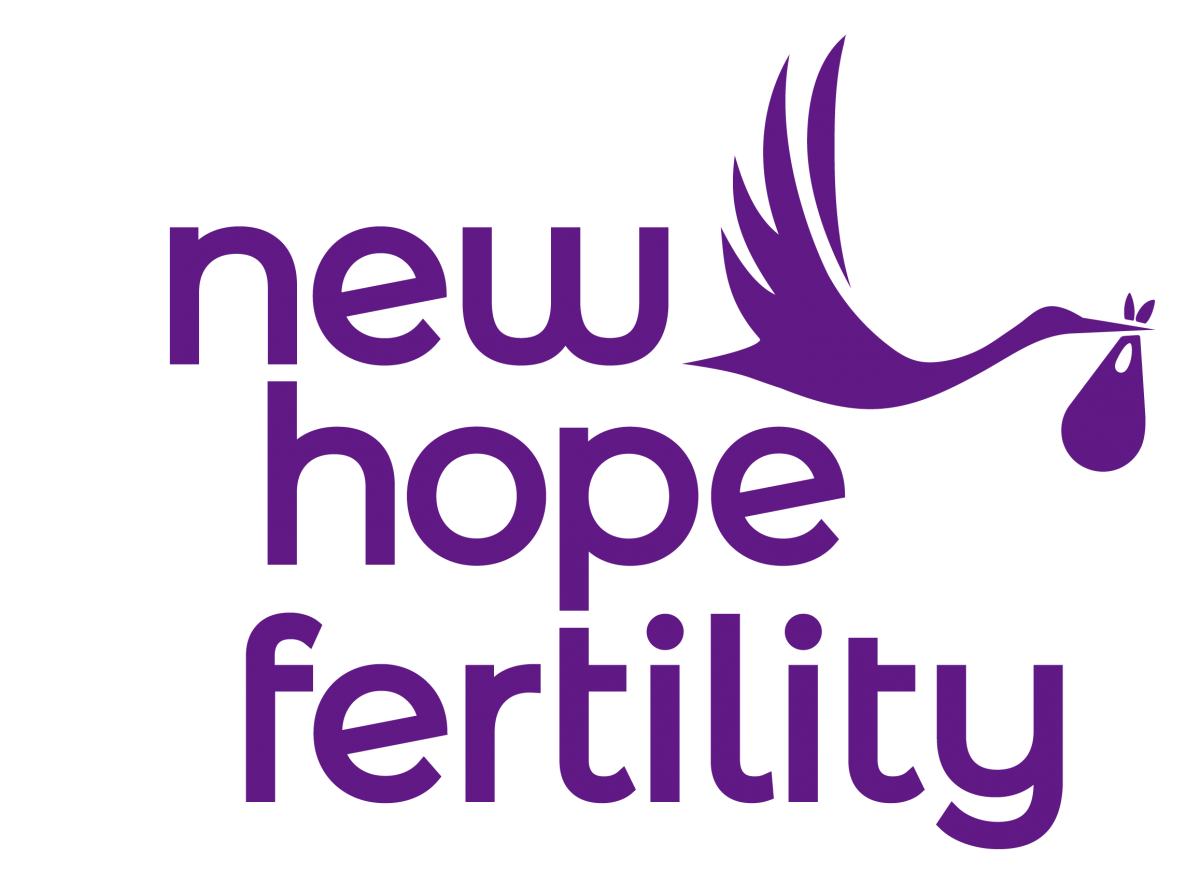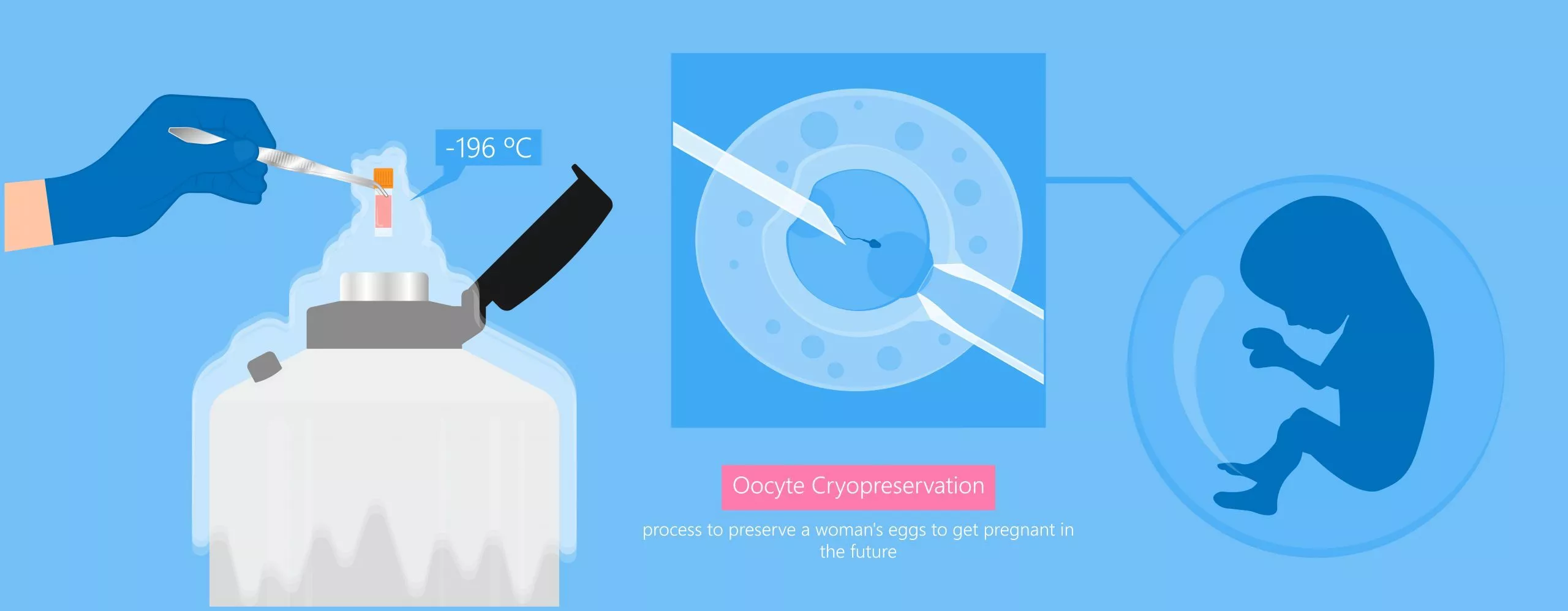If you’ve ever completed a round of IVF, you’ve probably heard the term “frozen embryo transfer,” but if not let’s quickly review.
Frozen vs Fresh Embryo transfer:
- Frozen – Frozen embryo transfers are the most commonly performed kind of transfer because they allow for genetic testing of embryos before implantation, which creates higher success rates and less chance of genetic defect or miscarriage.
- Fresh – Once the intended mother’s eggs have been retrieved and fertilized, your fertility doctor will determine which embryos have the best chance of implantation. Three to five days after the initial retrieval, your fertility doctor will transfer the newly created embryos back into the intended mother’s uterus.
There are multiple reasons someone may elect to do a frozen transfer over a fresh transfer. Embryos from past IVF cycles can be stored and frozen for an indefinite period. Because of this, many intended parents with leftover embryos from previous egg retrievals opt to thaw and then transfer their excess embryos when this happens. FETs are also more common due to genetic testing. Results from testing take about 2-3 weeks to process and come back, so while waiting embryos need to be frozen.
What are the success rates of a FET cycle?
Understanding the data can be a little confusing but there are two main things that you should know:
- Clinics release their own yearly cycle success rates
- The Society for Reproductive Technology (SART) releases success for the entire industry
SART tends to prioritize the success rates of live births rather than just a positive pregnancy test. It’s a good idea to look at the stats of both the clinic you’re going to and the most recent SART data, this will help you make sure you understand the outcomes the clinics prioritize.
SART reported in their 2019 recap that women between the ages of 35 and 37, who received a frozen embryo transfer, had a 55% live birth rate, and a 66% positive pregnancy test rate. Live birth rates take into account the occurrence of miscarriages. These numbers are also specifically for women who are trying to get pregnant with their own eggs. This does not include frozen embryo transfers involving donor eggs which tend to have higher success rates all around. The chance of a fertilized donor egg-producing properly developed embryos is about 80%, and the chance that those embryos will implant correctly in a uterus is about 75-85%.
Why New Hope?
New Hope Fertility Center is home to world-renowned fertility specialists. We custom design fertility treatments for the individual to increase the chances of a successful pregnancy. Our specialists believe in putting the patient first and being with them through every step of the fertility journey. Our team is well versed in helping women of all ages reach their fertility goals and we are passionate about educating, and supporting our patients throughout their journey. If you want compassionate fertility care, New Hope is the right place for you. Call us at (347) 970-8479 or schedule your initial consultation today!

